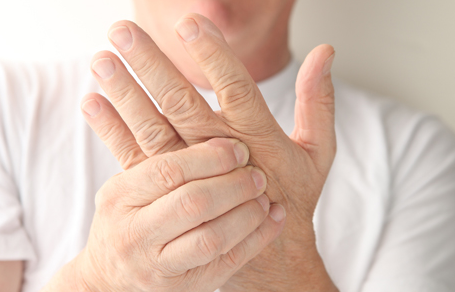Heart diseases is commonly traces to obesity, and high blood pressure. What is not commonly known is that obesity and high-blood pressure can be both traced to sedentarism – physical passivity or minimal movement, a lifestyle that can lead to obesity and high blood pressure. Sedentarism is a term applied by sociologists to individuals who engage in minimal physical activities related to a healthy and fit body. As a pro-active measure, and to prevent obesity, it is important to clarify some of the myths and tales that may reinforce sedentarism:
- People past 50 should not engage in strenuous physical activities anymore. A good number of people slow down and cut down their physical activities once they reach their golden year of 50. People in their golden years are afraid to push their bodies like they used to in their younger years, fearful that cramps and aches of all sorts may occur more often.Yet a 30-minute brisk walking which is really not strenuous, would be enough to fight sedentarism. Just a brisk walk around the mall – a little exercise, is still better than no exercise at all.
- Going to the gym, a counter sedentarism, costs money. People who lead a sedentary lifestyle avoid such measure as gym membership, believing it is not sustainable in the long run. Fitness gyms it is believed, have costly annual fees on top of a monthly fee plus, gym accessories that got along with it, hurts the pocket. Yet is not necessary to be enrolled in a gym to be well. Biking 45 minutes a day for 6 days, even just stationary biking, is a good exercise program which can burn 2000 Kcal – a benchmark of fitness gurus when creating a program on how much energy to burn on a per week basis. Certain activities like biking, jogging, rowing, swimming are good for body metabolism and fitness.
- The gym is a fancy show off place for health maintenance. State-of-the-art equipment, personalized fitness trainers, steam baths, Yoga, Pilates, and other current trends in healthy living can all be found in big-name gyms. Health should not have a price attached to it or be seen in terms of money. Some people see fancy excuse to continue their sedentary lives. However even small gyms with basic equipment can help one see results in a fitness program to gain or to lose weight and attain better health.
- Having a job ensures against sedentarism. Unless one is a professional athlete, this erroneous belief should not apply to anyone whose job is just behind a desk. Getting a job is not a guarantee of avoiding sedentarism, as preoccupation is different from actually carrying out physical activity. An accountant may argue out physical activity. An accountant mar argue that he doesn’t need big biceps to do his job like a professional gymnast does. Still the fact remains that sitting all day preoccupied and busy behind a desk, pouring over facts and figures doesn’t raise metabolic energy inside the body to burn those excess fats; and hence may still lead to sedentarism.
- Active lifestyle is reserved for the physically attractive persons only. People not endowed with good physical attributes like smooth skin, well-proportioned nose and a pleasant face often lack confidence leading to inferiority complex and lack of social skills. Yet, not being gifted by a handsome or beautiful face should not be a cause of sedentarism but should be all the more reason to hit the gym. Except for plastic surgery, facial features cannot be changed drastically, but the body torus is a different matter. Anyone can have great abs of those v-shaped torsos as long as they have the will to do it, and anyone who can pull them off can somehow level the playing field. The same goes for women to attain firm and lean bodies.































